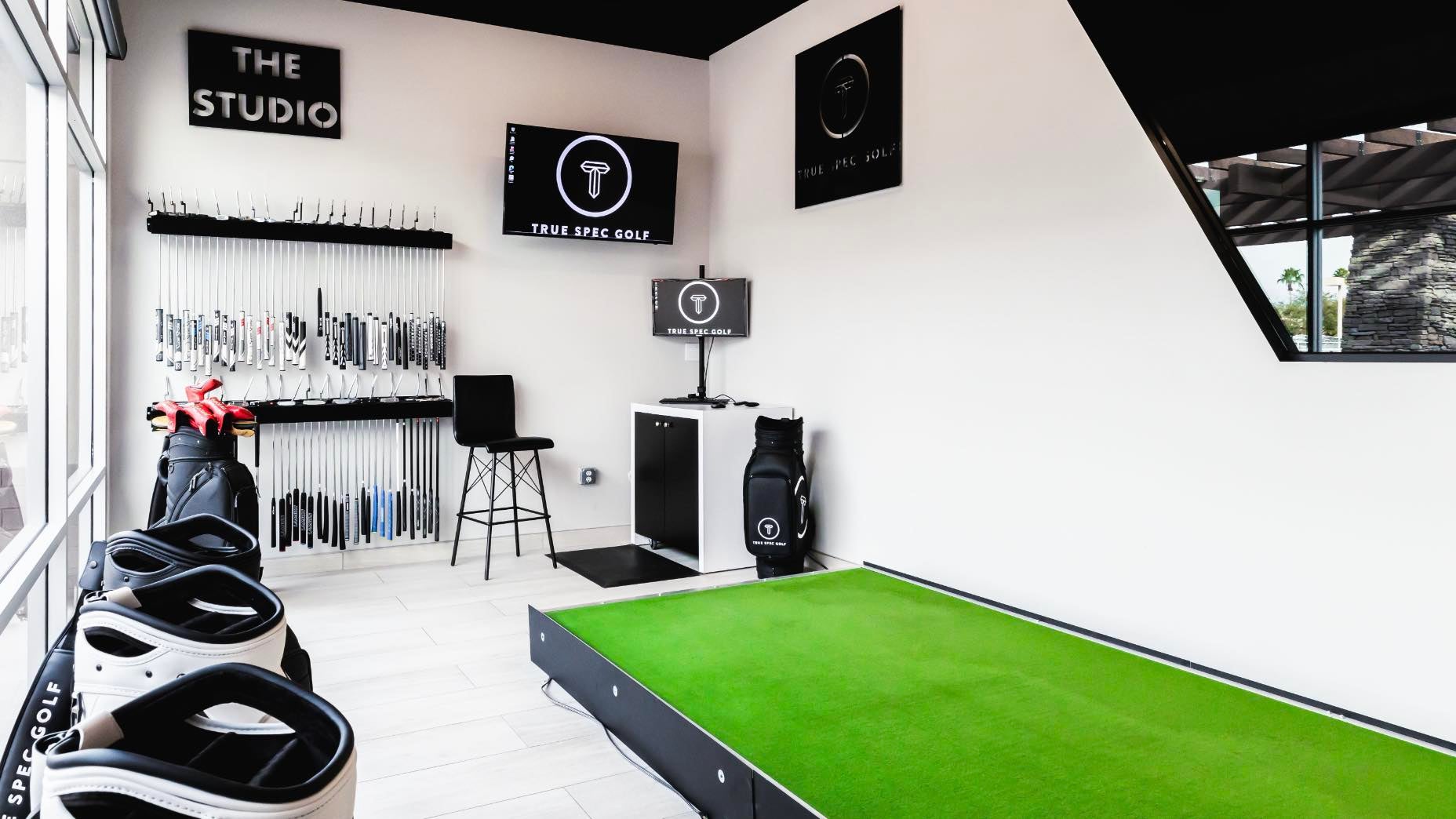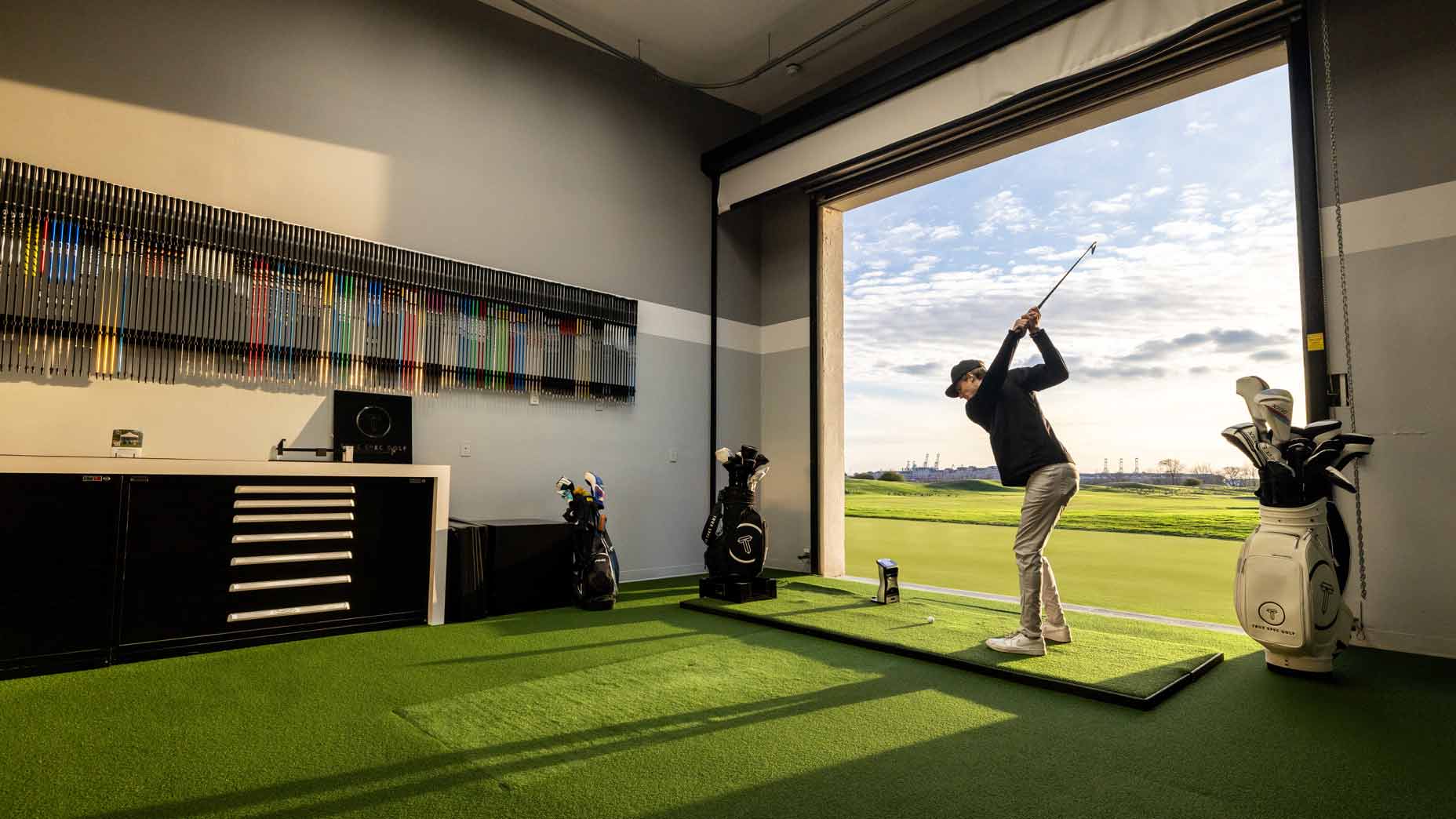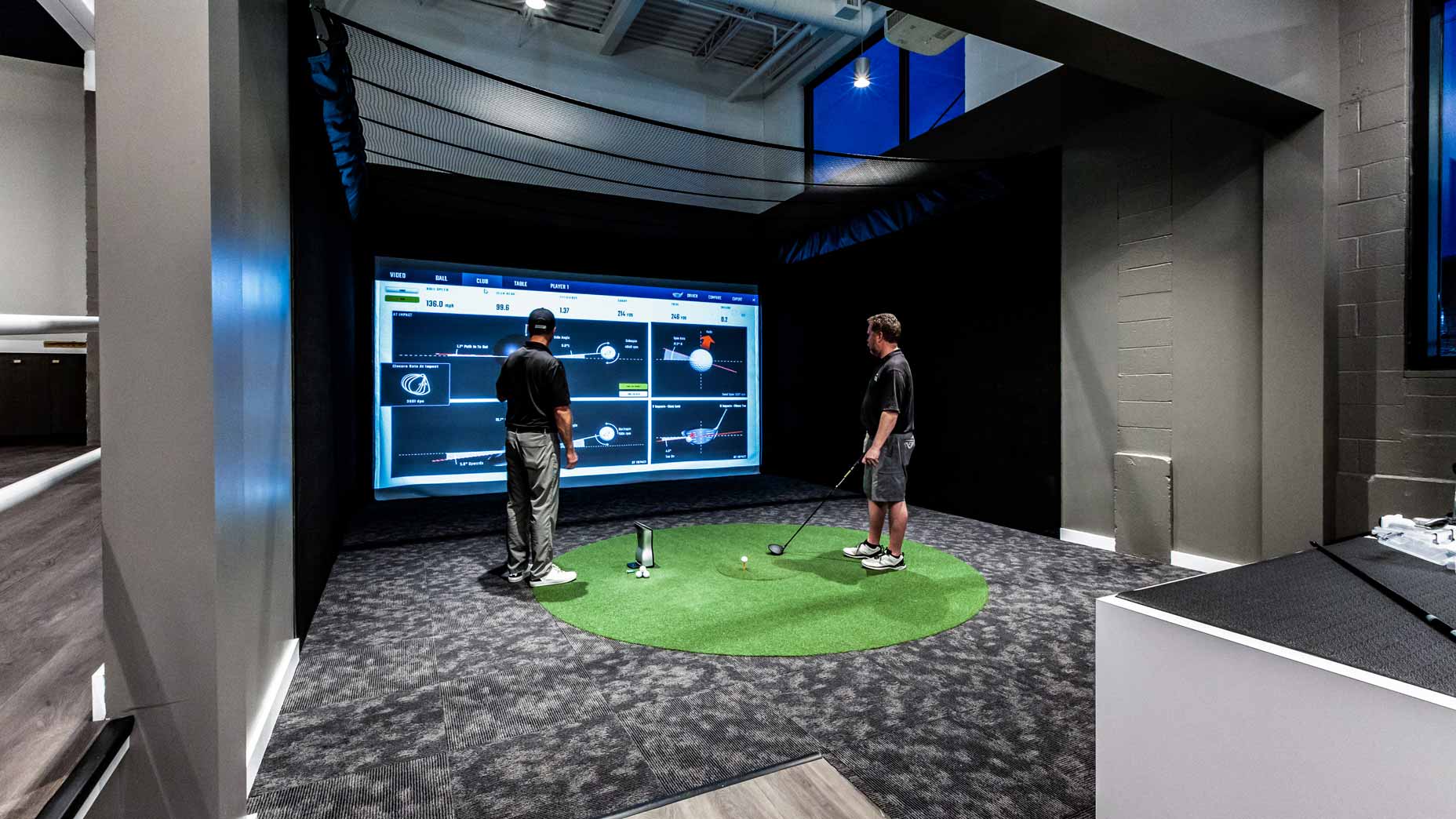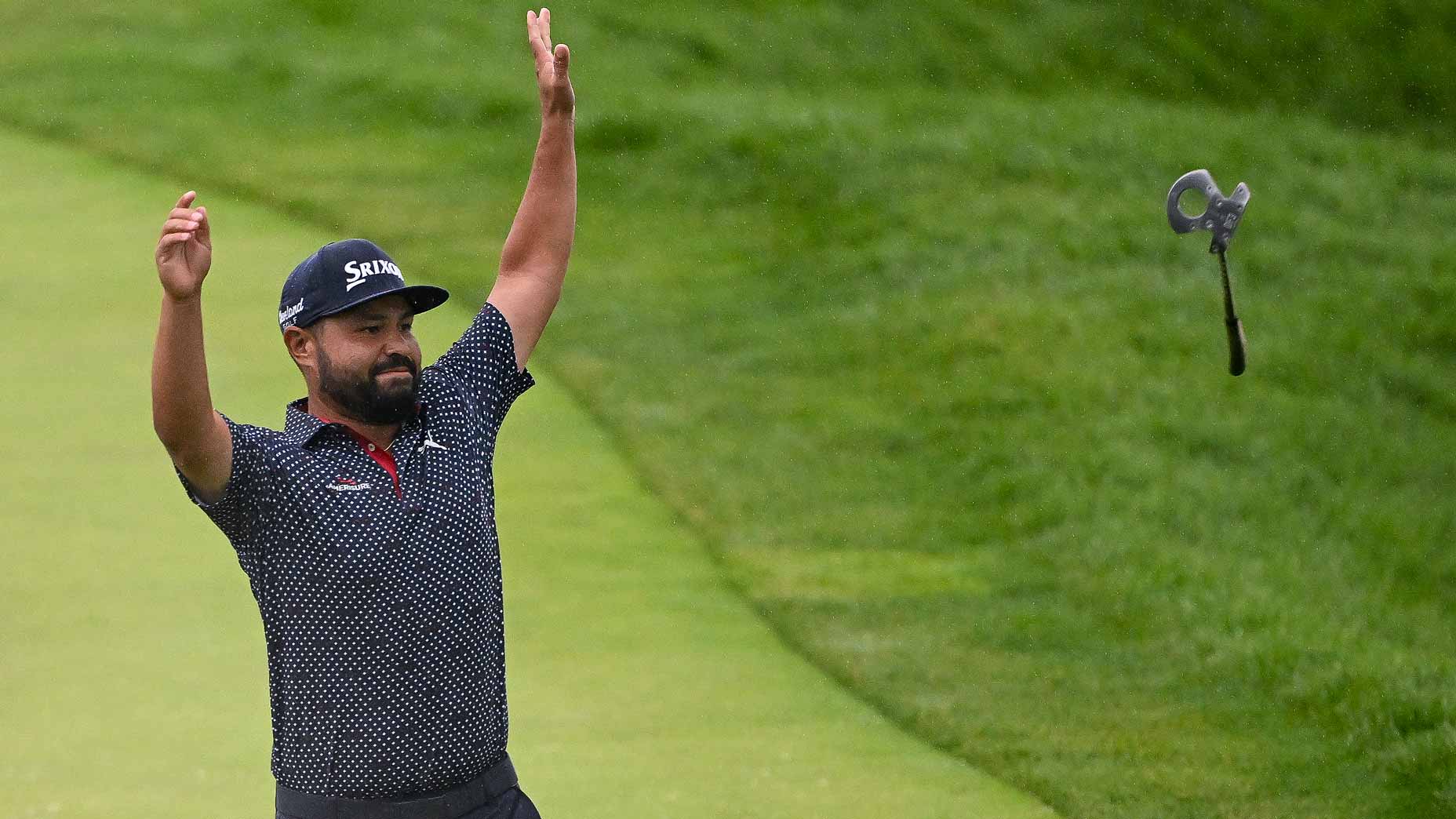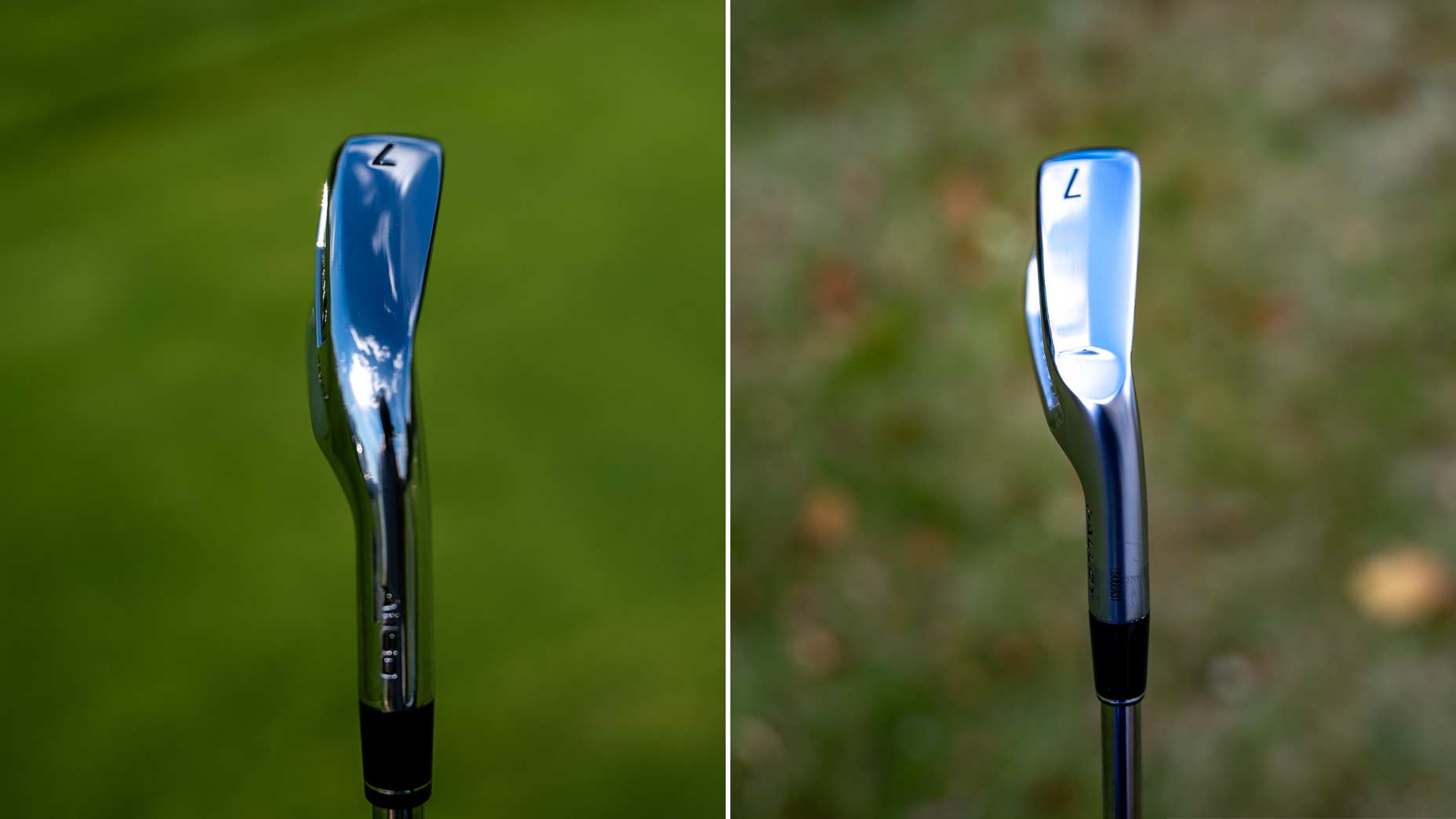Welcome to GOLF’s “Firsthand with a Fitter” series, where we dive into some of the most common issues golfers struggle with on the course, and how properly fit equipment can help address those issues and make the game easier.
It’s time to talk putters, because whether you’re a beginner or an advanced player, everyone has an equal opportunity on the putting green. Why? Because putting is the one part of the game that doesn’t require excess strength or speed — just the ability to read a green and send the ball rolling on its way. But that’s a task much easier said than done.
The simplicity of the putting stroke is also what makes it one of the most frustrating parts of the game, but with the right putter fit for your stroke type (along with how you aim), it doesn’t take much for saved shots to start adding up.
With the help of True Spec master fitter Kris McCormack, we dive into the benefits of a putter fitting and why they’re too important to ignore.
Why a putter fitting is important
For most amateur golfers, putting makes up roughly 40 percent of the strokes taken in a round of golf, and with that in mind, a 15-foot putt is worth the same as a 2-footer, and if you can avoid the mistakes that caused those missed short ones in the first place, you can see your scores start to drop pretty quick.
What makes a putting fitting so important, is that there are a number of factors that need to be considered during the process to make sure the ball not only starts on the right line but has a true end-over-end roll after impact. Getting the ball to that point of consistent roll as quickly as possible will help it stay on the target line better, and that’s achieved by optimizing launch and spin just like you would with a driver.

“Just like with a full swing, every golfer delivers the putter slightly differently into impact, and because of that we need to optimize that club’s lie angle and loft to create a better roll,” said Kris McCormick, True Spec Golf’s VP of Tour and Education. “The biggest difference for optimizing a putter compared to driver is the impact collision is at a much lower speed and the target is much smaller. So compared to a driver where a half degree of loft can have a minor effect on the end result, on a putter, that small variance can be the difference between a holed putt and a missed one.”
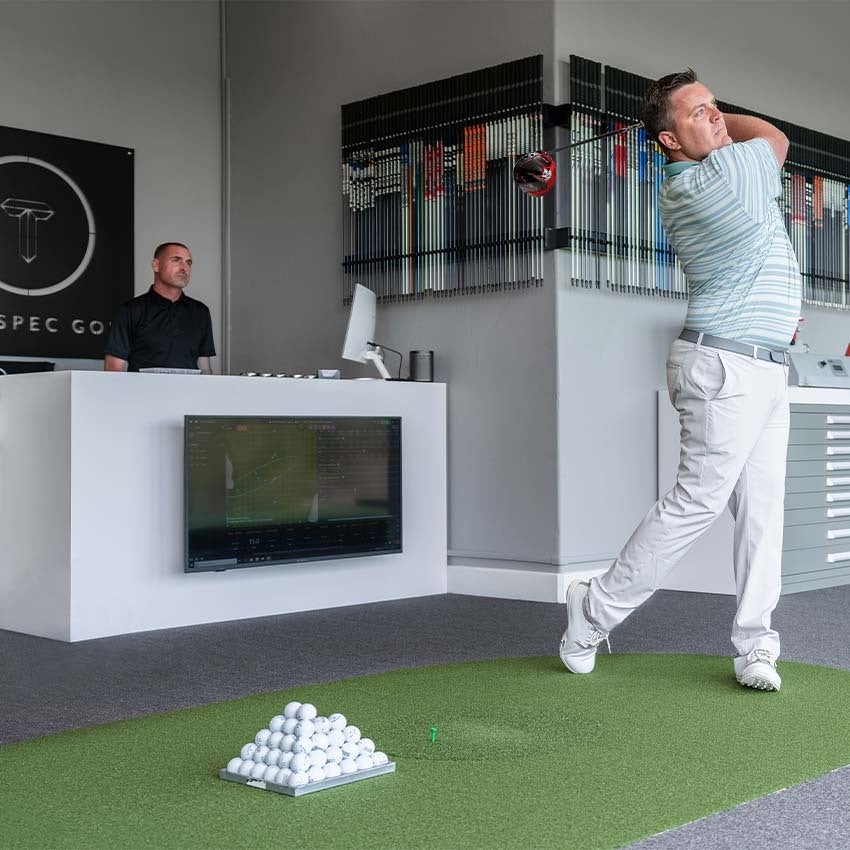
The Premier Club Fitting Experience
It’s not just about the numbers
Okay, so we’ve touched on getting the right numbers at impact, but none of that matters if you’re not pointed in the right direction, so let’s dive into alignment.
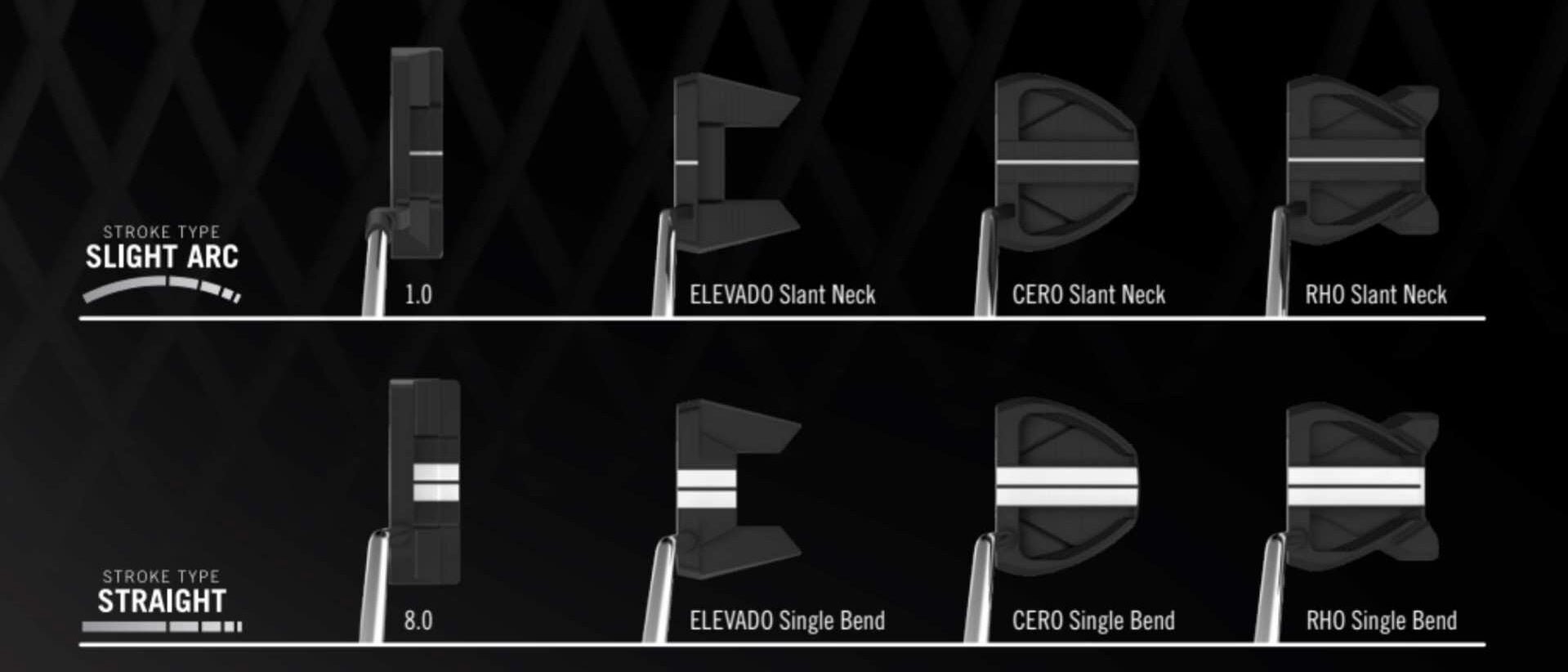
Poor alignment isn’t caused by bad reads, but instead by golfers not understanding how they use the putter head to aim. Some golfers use the leading edge, others use the topline. Some golfers require a longer line on the back of the putter, and others might use the overall geometry of the head to get set up square behind the ball.
The best part is, in the case of putting, there is no right or wrong way to aim as long as you have repeatability.
“The human eyes are an amazing thing, and perception is just as important as reality when it comes to putting,” McCormack said. “I’ve worked with players that believe they are aimed right down the line, only to find out that they’re actually aimed 4 to 5 degrees outside of the hole on a 10-foot putt, and it only takes the putter being off by a single degree to miss from that range. When working with a player it’s our goal to help them understand their aim tendencies and alignment preferences through the fitting process and get them into a head that provides them with the visual cues to get them pointed in the right direction.”
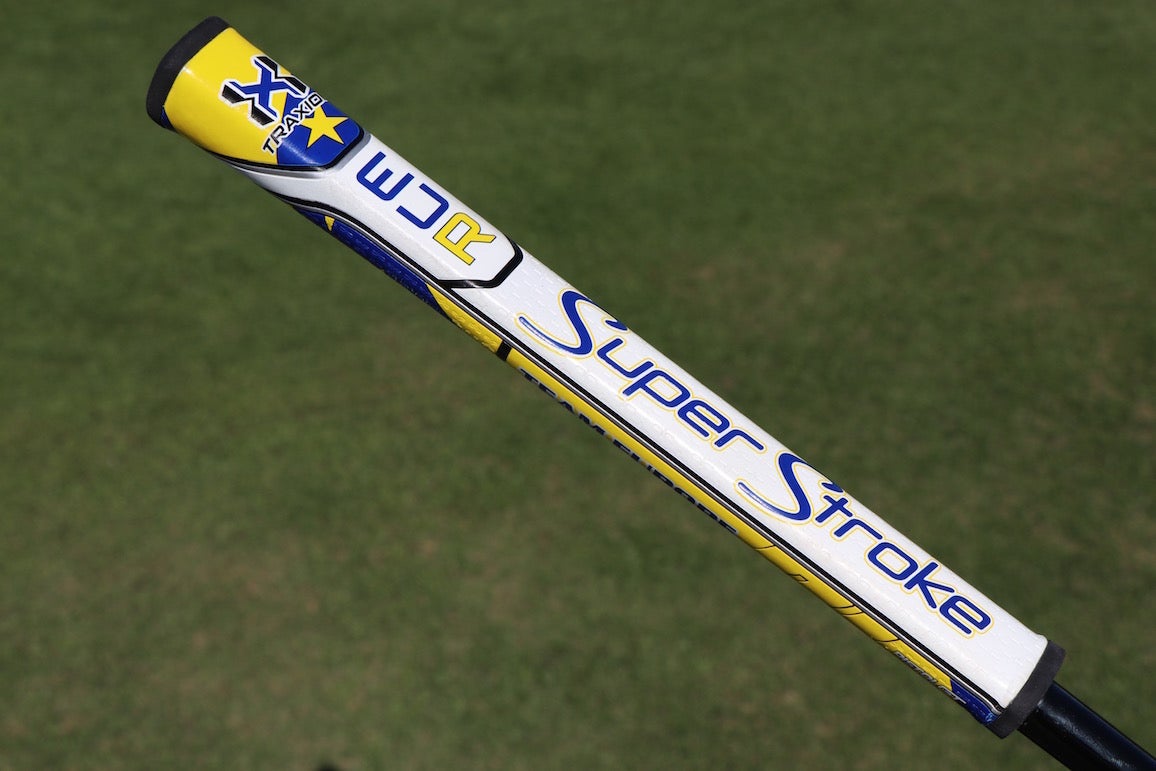
The final puzzle piece — your putter grip
Once you have the right putter head to fit your stroke, the lie and loft to fit your setup, and the alignment style to make sure you’re pointed in the right direction, the final piece of the puzzle is the grip — and its extremely important you find the right one for you.
Although there are general rules about hand size and how larger grips can help reduce hand action in the stroke, it’s just as important to make sure you find one that feels comfortable and natural in your hands, so take the time to try a few options out. The best part about any grip is that if it doesn’t feel quite right, a grip is a relatively inexpensive component to replace.
You might even find that having a slightly longer putter and using a longer grip to create a counterbalance — like the ones used by Rickie Fowler, Wyndham Clark and Viktor Hovland — could be your secret weapon on the greens.

PING 2023 DS72 Custom Putter
View Product
